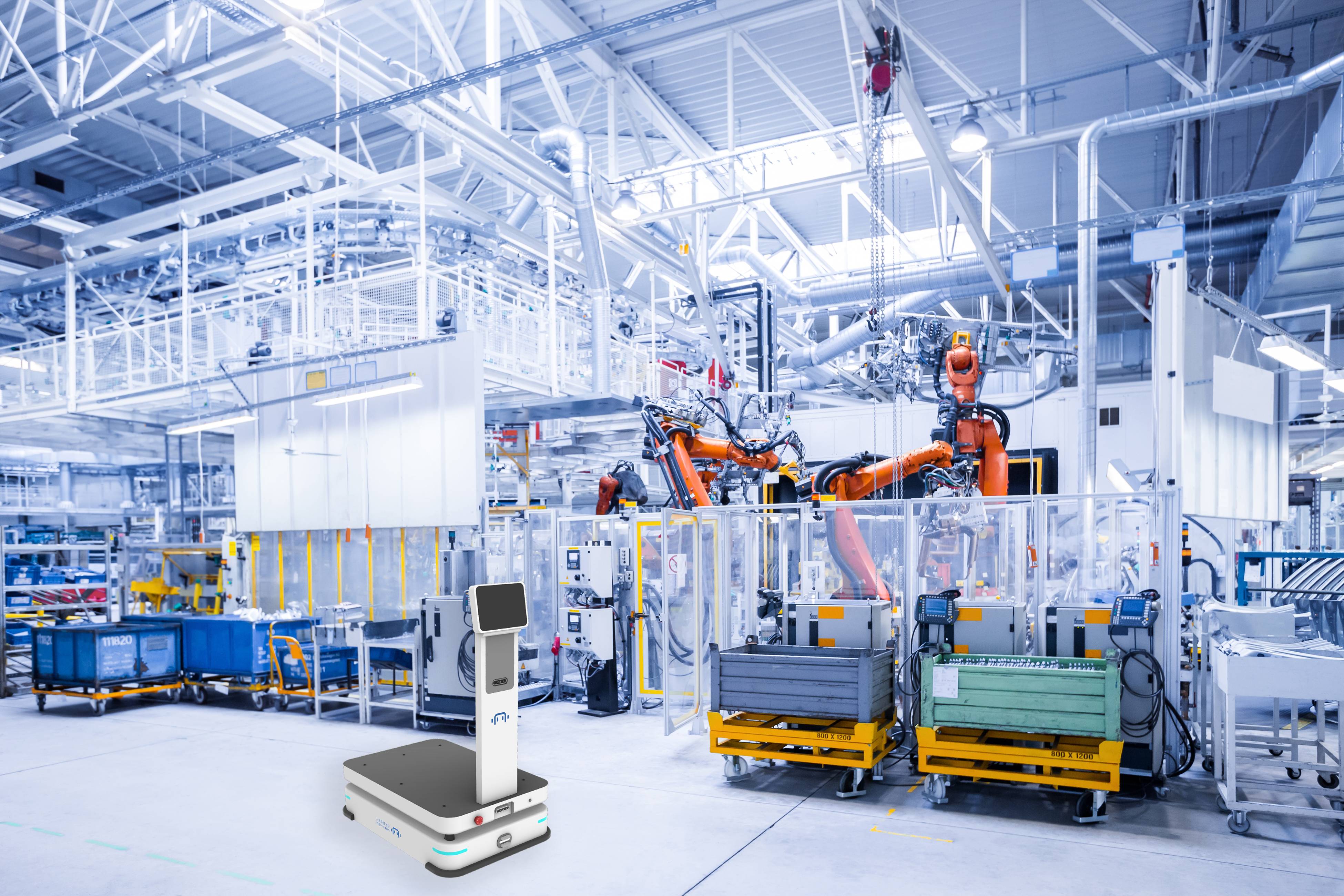Applications:FLASH 300-L
The automation of material handling processes in factories through the use of robots has revolutionized industrial operations. This article explores the solutions provided by factory robots for efficient material handling, focusing on the pain points they address, the advantages they offer, and how they operate seamlessly within the manufacturing environment.
Pain points in the scenario:
1. Labor-intensive Processes
- Risks of Human Error
- Potential Safety Hazards
- Time-consuming Manual Material Handling
Primary Competitive Advantage:
- Increased Efficiency: Logistics AMRs are designed to operate with high precision and speed, ensuring swift and accurate material movement. They can significantly reduce production lead times and enhance overall manufacturing efficiency.
- Enhanced Safety: By taking over hazardous and repetitive tasks, robots minimize the risk of workplace injuries, creating a safer work environment for human workers.
- Consistency and Accuracy: Robots are programmed to perform tasks with consistent precision, reducing errors and ensuring a higher level of product quality.
- Flexibility and Adaptability: Many modern industrial robots are equipped with advanced sensors and AI capabilities, enabling them to adapt to changing production demands and handle a wide range of materials and product types.
- Continuous Operation: Logistics AMRs can operate 24/7 without breaks, ensuring uninterrupted material handling and production flow.
Solution introduction:
- Automated Material Transport: Logistics robots utilize advanced sensors, cameras, and onboard computers to navigate through the factory floor. They can autonomously load, transport, and unload materials with precision and accuracy.
- Integration with Warehouse Management Systems (WMS): Logistics robots are seamlessly integrated with WMS, which generates work orders and assigns tasks based on real-time demands. The robots receive instructions from the system, ensuring that material handling aligns with production schedules.
- Collaborative Human-Robot Interaction:In a collaborative environment, logistics AMRs work alongside human workers, complementing their skills and capabilities. Robots can take on physically demanding tasks, freeing up human workers to focus on higher-value activities that require human ingenuity and problem-solving.
Logistics AMRs have emerged as a game-changing solution to the pain points associated with factory material handling. Their unparalleled efficiency, safety features, scalability, and data-driven insights offer manufacturers a comprehensive and reliable approach to streamline operations. By seamlessly integrating into factory workflows, logistics robots optimize material handling, reduce manual labor, and enhance overall productivity. As the technology continues to evolve, logistics robots will continue to play a vital role in the future of manufacturing, transforming factories into highly efficient and dynamic environments that meet the demands of the ever-changing global market.




